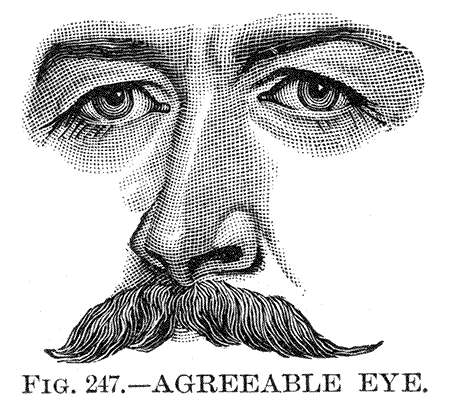The Topless Towers of Ilium
Archaeologists are a fiesty bunch. Take, for instance, this argument about Troy. How many people, really, would exchange insults about the size of ancient Troy? How big was Troy, really? Huge? Perhaps. Just the citadel? Maybe. Can we say? Depends about what era you’re talking about, I suppose. Like most cities, what once was Troy waxed and waned, expansion following on destruction, following on expansion, and so on. But Homer’s Troy? What about that? To which one poses the questions: who was Homer? When did he write (or sing)? Why? For whom? These fellows haven’t established the historicity of Homer and yet they, like Schliemann, implicitly pin their hopes on the validity of that entity we call Homer. 1 Looking for ‘Priam’s Troy’… of all the nerve. One might as well pin that phrase ‘the face that launched a thousand ships’ on Homer, too, while one is at it. 2
My favorite comment comes, however, from Dr. Rose, of the University of Cincinnati: ‘We all got along beautifully until a few years ago.’
And there, my friends, you have the history of the world – always getting along just beautifully until a few (thousand) years ago.
- The “Homer question” was raised by German scholars at the end of the nineteenth century who, being unable to pin him with a biography, wondered who or what this Homer was. These queries were tied to the validity of historical and linguistic hypotheses based on the existence, within a certain period, of a historical figure known as Homer.[↩]
- Christopher Marlowe, Doctor Faustus, 5.1.109.[↩]
